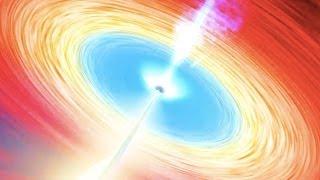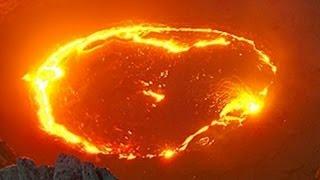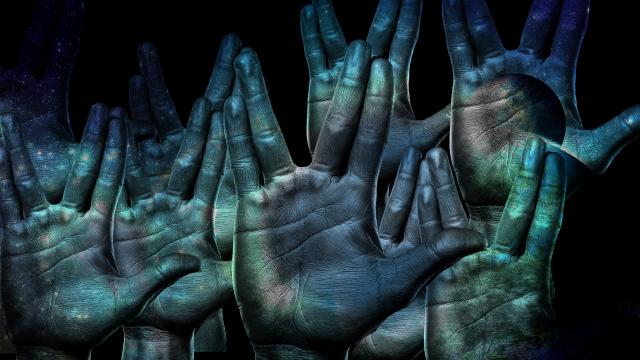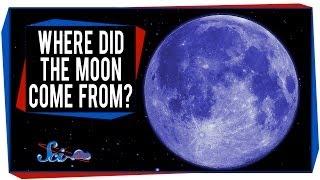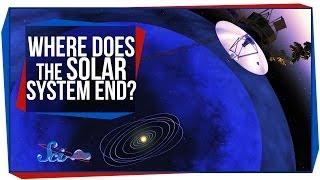Time Travel, Teleportation & Science
Time travel is the concept of moving between different points in time in a manner analogous to moving between different points in space, generally using a theoretical invention, namely a time machine. It has a commonly recognized place in philosophy and fiction, but has a very limited application in real world physics, such as in quantum mechanics or wormholes.
Although the 1895 novel The Time Machine by H. G. Wells was instrumental in moving the concept of time travel to the forefront of the public imagination, The Clock That Went Backward by Edward Page Mitchell was published in 1881 and involves a clock that allowed three men to travel backwards in time.[1][2] Non-technological forms of time travel had appeared in a number of earlier stories such as Charles Dickens' A Christmas Carol. Historically, the concept dates back to the early mythologies of Hinduism (such as the Mahabharata), Buddhism, and Islam through ancient folk tales. More recently, with advancing technology and a greater scientific understanding of the universe, the plausibility of time travel has been explored in greater detail by science fiction writers, philosophers, and physicists.
Teleportation, or Teletransportation, is the theoretical transfer of matter or energy from one point to another without traversing the physical space between them. It has a commonly recognized place in science fiction literature, film, and television, but as yet has a very limited application in real world physics, such as quantum teleportation or the study of wormholes.
Science (from Latin scientia, meaning "knowledge") is a systematic enterprise that builds and organizes knowledge in the form of testable explanations and predictions about the universe. In an older and closely related meaning, "science" also refers to a body of knowledge itself, of the type that can be rationally explained and reliably applied. A practitioner of science is known as a scientist.
In modern usage, "science" most often refers to a way of pursuing knowledge, not only the knowledge itself. It is also often restricted to those branches of study that seek to explain the phenomena of the material universe.
Source : Wikipedia
-
23:27
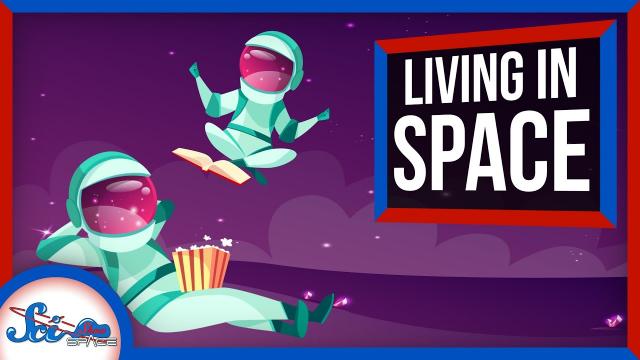
What's It Like to Live in Space? | Compilation
Added 278 Views / 0 LikesIf you want to spend any amount of time in space, you'll have to make adjustments to your lifestyle. From what you eat, to how you go to the bathroom, to regular activities you're simply not allowed to do on the ISS, SciShow Space has covered what life is
-
06:44
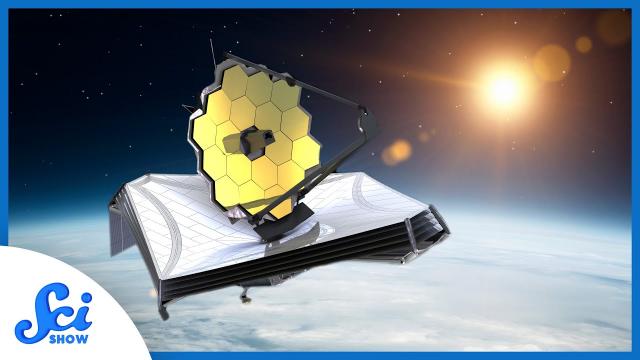
What's Next for the James Webb Space Telescope
Added 313 Views / 0 LikesStart speaking a new language in 3 weeks with Babbel. Get up to 65% your subscription here: https://go.babbel.com/12m65-youtube-scishowspace-jan-2022/defaultIt finally happened! The James Webb Space Telescope is on its way to capturing never-before-seen i
-
05:14
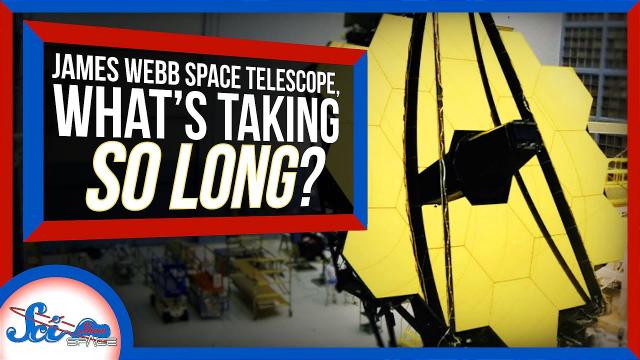
What's Stopping the James Webb Space Telescope?
Added 482 Views / 0 LikesThe James Webb Space Telescope is the most complex telescope we’ve ever sent into space. But, Webb is not, in fact, in space… yet.Host: Caitlin HofmeisterSciShow has a spinoff podcast! It's called SciShow Tangents. Check it out at http://www.scishowtangen
-
04:16
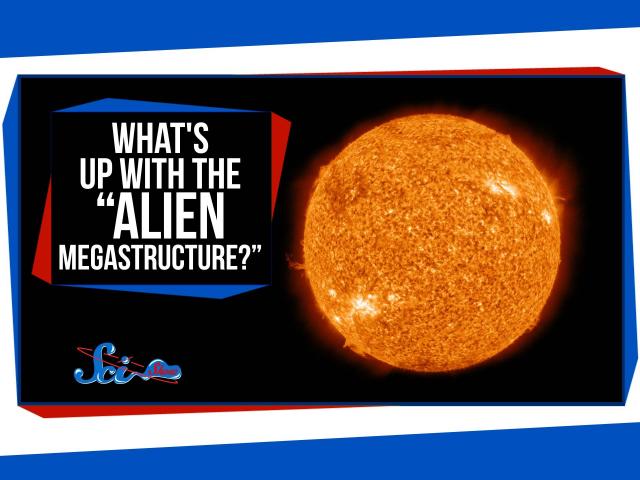
What's Up With the 'Alien Megastructure?'
Added 739 Views / 0 LikesWhat's Up With the 'Alien Megastructure?'
-
06:08
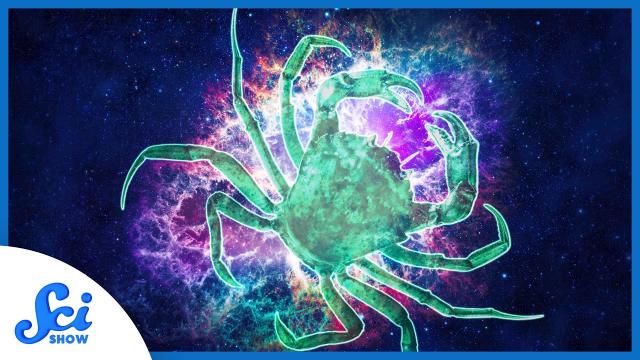
What’s Hiding Inside The Crab Nebula?
Added 256 Views / 0 LikesStart building your ideal daily routine. The first 100 people who click on the link will get 25% OFF Fabulous Premium: https://thefab.co/scishowspace6The Crab Nebula is one of the most studied things in the sky, but it took glimpses through various wavele
-
41:54
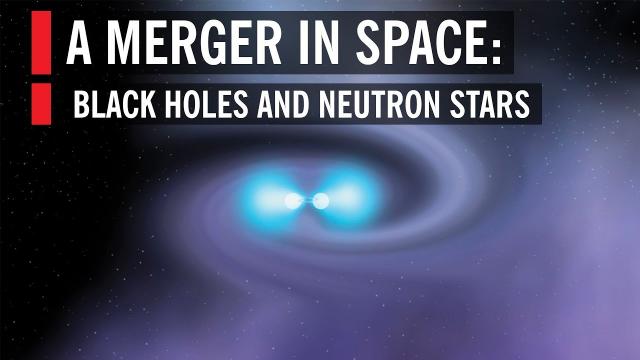
When Black Holes or Neutron Stars Collide: A Merger in Space
Added 607 Views / 0 LikesThe first detection of colliding black holes rocked the scientific world, establishing that gravitational waves are real and that we are able to measure them. More recently, scientists have achieved the first detection of colliding neutron stars, rocking
-
02:44
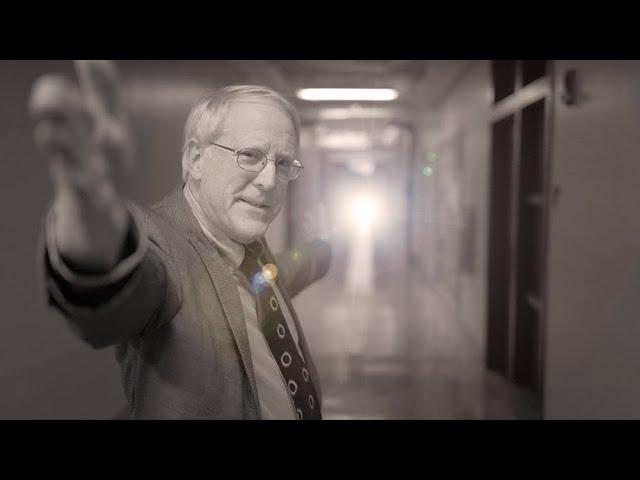
When the heavens and MIT align
Added 168 Views / 0 LikesTwice a year, in January and November, the setting sun aligns perfectly with MIT’s 825-foot-long Infinite Corridor. Planetary scientist Richard Binzel describes MIThenge as “a major cultural moment on campus … when the heavens and MIT seem to align.”Watch
-
1:08:12
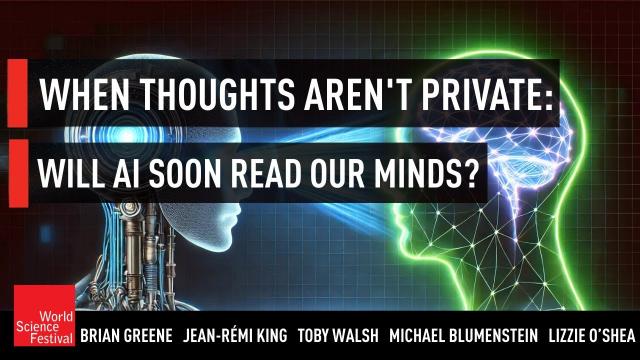
When Thoughts Aren't Private: Will AI Soon Read our Minds?
Added 34 Views / 0 LikesLeading researchers join Brian Greene to explore how AI is pushing mind reading technologies rapidly forward.This program is part of the Big Ideas series, supported by the John Templeton Foundation. Participants: Jean-Rémi King, Michael Blumenstein, Lizzi
-
05:09
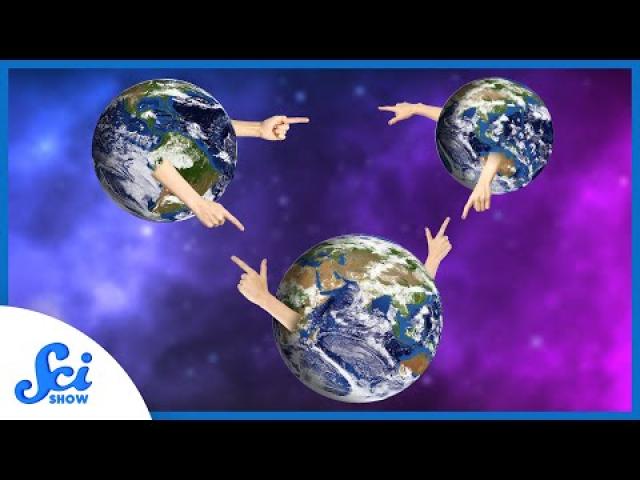
Where Are All the Exo-Earths?
Added 195 Views / 0 LikesScientists have discovered over 5,000 exoplanets in the last few decades, but where are the Exo-Earths?Hosted By: Savannah Gearry----------Huge thanks go to the following Patreon supporter for helping us keep SciShow Space free for everyone forever: Jason
-
01:01
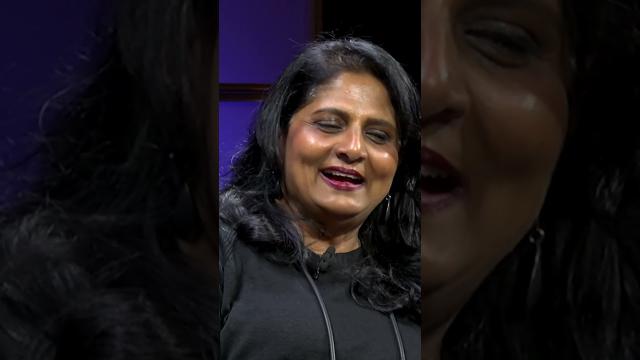
Where did black holes get their name? #blackhole #blackholes #supermassiveblackhole #astrophysics
Added 95 Views / 0 Likes -
05:21
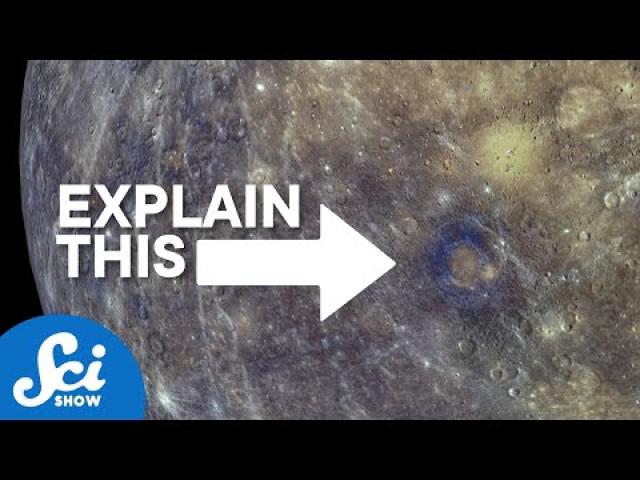
Where Did Mercury’s Spots Come From?
Added 198 Views / 0 LikesPre-order your MESSENGER pin all this month here: https://dftba.com/scishowThe Sun isn’t the only celestial body in the solar system to boast spots of its own. Mercury, too, has its fair share, and they’re worth wondering about.Hosted by: Hank Green (he/h
-
05:37
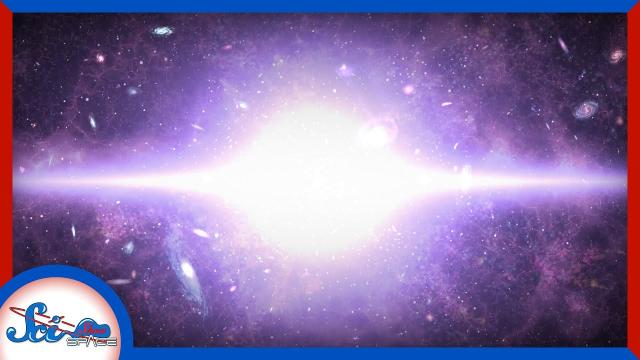
Where Did the Big Bang Happen?
Added 297 Views / 0 LikesThis episode is brought to you by the Music for Scientists album! Stream the album on major music services here: https://streamlink.to/music-for-scientists. Check out “The Idea” music video here: https://www.youtube.com/watch?v=tUyT94aGmbc. The name “The
-
05:57
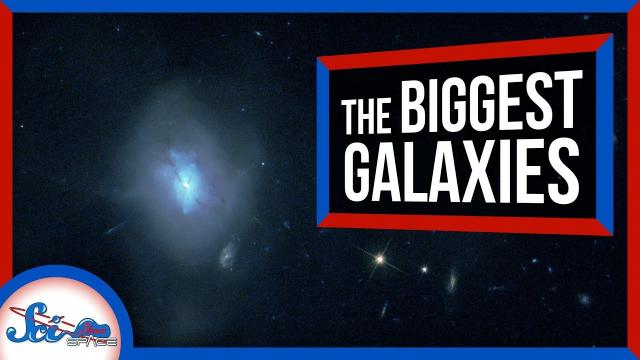
Where Do the Biggest Galaxies Come From?
Added 398 Views / 0 LikesThanks to Squarespace for sponsoring this video. Go to Squarespace.com for a free trial and when you’re ready to launch, go to http://squarespace.com/space and add code “SPACE" at checkout to save 10% off your first purchase of a website or domain.Submill

